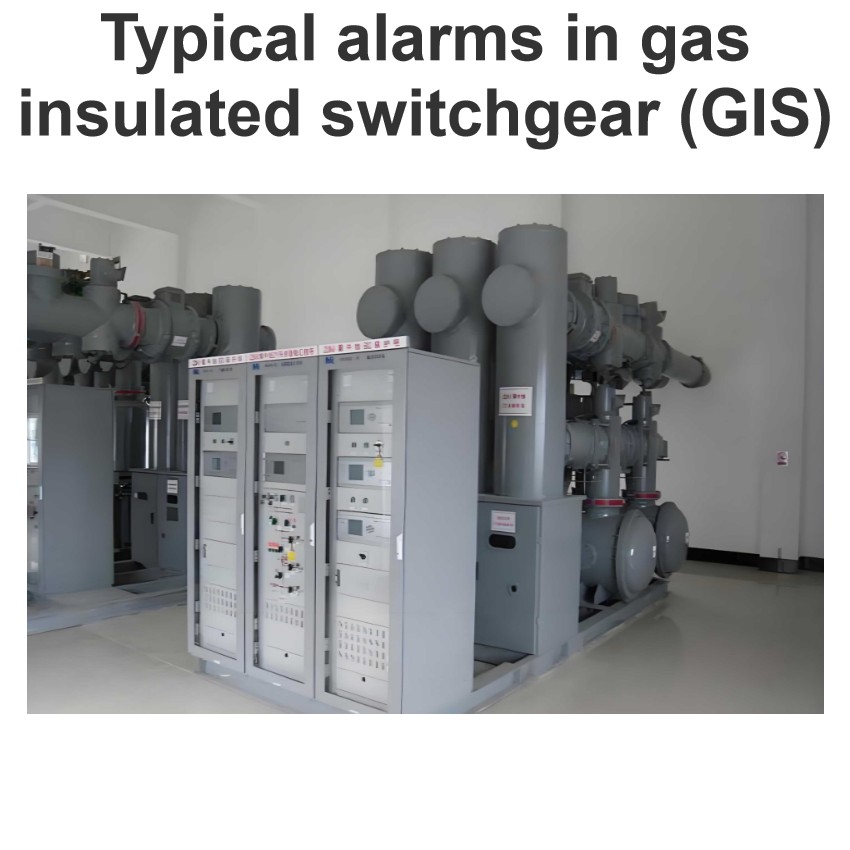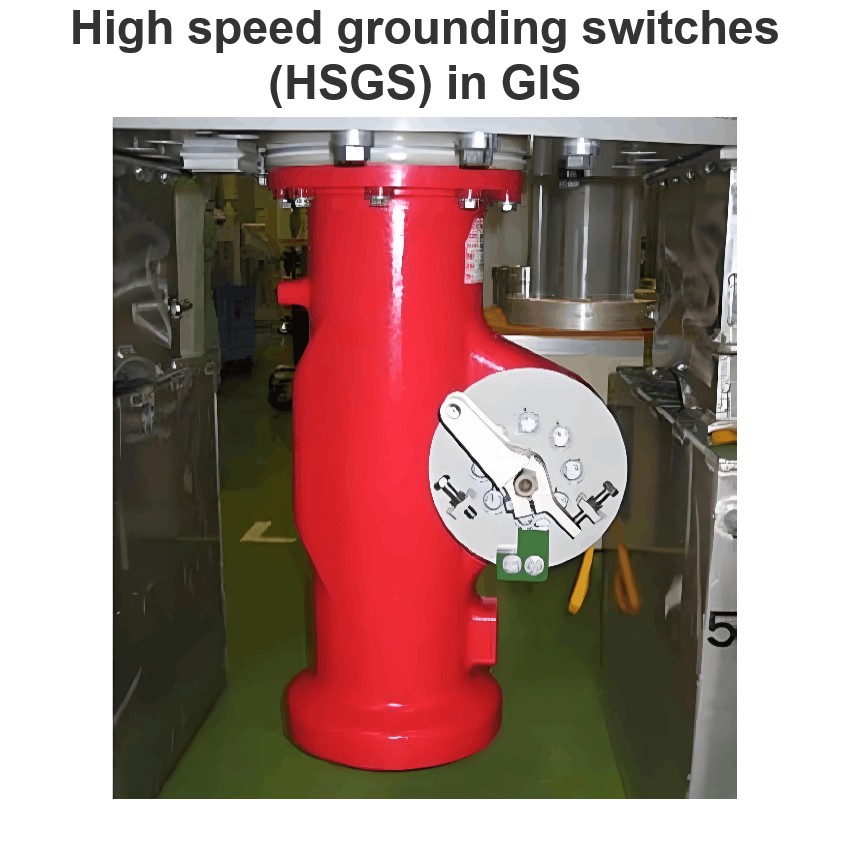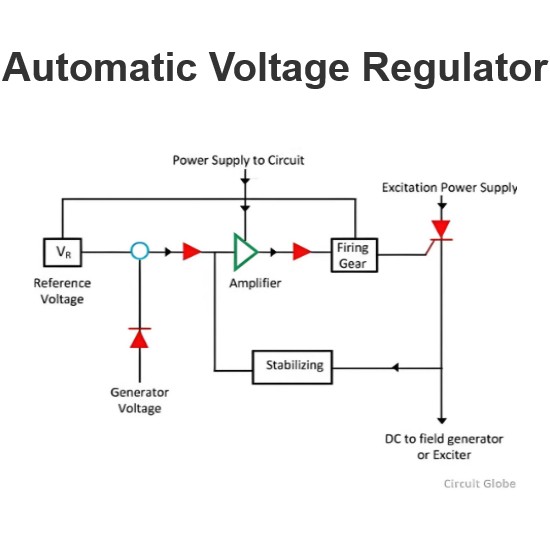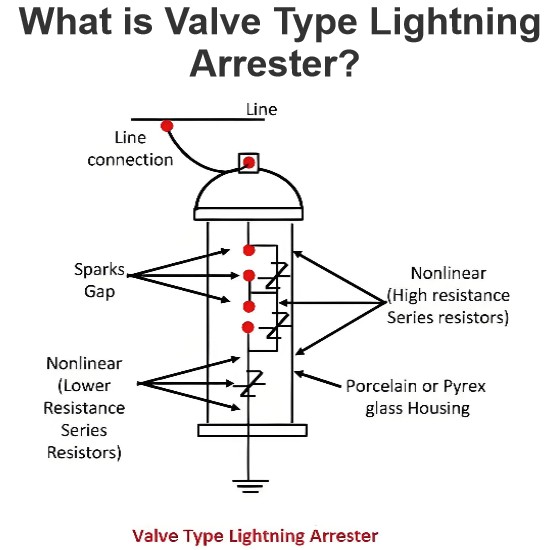Control Systems: What Are They? (Open-Loop & Closed-Loop Control System Examples)

What is a Control System?
A control system is defined as a system of devices that manages, commands, directs, or regulates the behavior of other devices or systems to achieve a desired result. A control system achieves this through control loops, which are a process designed to maintain a process variable at a desired set point.
In other words, the definition of a control system can be simplified as a system, which controls other systems. As human civilization is being modernized day by day the demand for automation has increased alongside it. Automation requires control over systems of interacting devices.
In recent years, control systems have played a central role in the development and advancement of modern technology and civilization. Practically every aspect of our day-to-day life is affected more or less by some type of control system.
Examples of control systems in your day-to-day life include an air conditioner, a refrigerator, an air conditioner, a bathroom toilet tank, an automatic iron, and many processes within a car – such as cruise control.
In industrial settings, we find control systems in the quality control of products, weapons system, transportation systems, power systems, space technology, robotics, and much more.
The principles of control theory are applicable to both engineering and non-engineering field. You can learn more about control systems by studying our control system MCQs.
Features of a Control System
The main feature of a control system is that there should be a clear mathematical relationship between the input and output of the system.
When the relation between input and output of the system can be represented by a linear proportionality, the system is called a linear control system.
Again when the relationship between input and output cannot be represented by single linear proportionality, rather the input and output are related by some non-linear relation, the system is referred to as a non-linear control system.
Requirements of a Good Control System
Accuracy: Accuracy is the measurement tolerance of the instrument and defines the limits of the errors made when the instrument is used in normal operating conditions.
Accuracy can be improved by using feedback elements. To increase the accuracy of any control system error detector should be present in the control system.
Sensitivity: The parameters of a control system are always changing with the change in surrounding conditions, internal disturbance, or any other parameters.
This change can be expressed in terms of sensitivity. Any control system should be insensitive to such parameters but sensitive to input signals only.
Noise: An undesired input signal is known as noise. A good control system should be able to reduce the noise effect for better performance.
Stability: It is an important characteristic of the control system. For the bounded input signal, the output must be bounded and if the input is zero then the output must be zero then such a control system is said to be a stable system.
Bandwidth: An operating frequency range decides the bandwidth of the control system. Bandwidth should be as large as possible for the frequency response of a good control system.
Speed: It is the time taken by the control system to achieve its stable output. A good control system possesses high speed. The transient period for such a system is very small.
Oscillation: A small number of oscillations or constant oscillations of output tends to indicate the system to be stable.
Types of Control Systems
There are various types of control systems, but all of them are created to control outputs. The system used for controlling the position, velocity, acceleration, temperature, pressure, voltage, and current, etc. are examples of control systems.
Let us take an example of the simple temperature controller of the room, to clear the concept. Suppose there is a simple heating element, which is heated up as long as the electric power supply is switched on.
As long as the power supply switch of the heater is on the temperature of the room rises and after achieving the desired temperature of the room, the power supply is switched off.
Again due to ambient temperature, the room temperature falls, and then manually the heater element is switched on to achieve the desired room temperature again. In this way, one can manually control the room temperature at the desired level. This is an example of a manual control system.
This system can further be improved by using a timer switching arrangement of the power supply where the supply to the heating element is switched on and off in a predetermined interval to achieve the desired temperature level of the room.
There is another improved way of controlling the temperature of the room. Here one sensor measures the difference between the actual temperature and desired temperature.
If there are any differences between them, the heating element functions to reduce the difference and when the difference becomes lower than a predetermined level, the heating elements stop functioning.
Both forms of the system are automatic control system. In the former one, the input of the system is entirely independent of the output of the system. The temperature of the room (output) increases as long as the power supply switch is kept on.
That means the heating element produces heat as long as the power supply is kept on and the final room temperature does not have any control over the input power supply of the system. This system is referred to as an open-loop control system.
But in the latter case, the heating elements of the system function, depending upon the difference between, actual temperature and desired temperature. This difference is called the error of the system.
This error signal is fed back to the system to control the input. As the input to the output path and the error feedback path create a closed-loop, this type of control system is referred to as a closed-loop control system.
Hence, there are two main types of control systems. They are as follow
Open-loop control systems
Closed-loop control systems
Open Loop Control System
A control system in which the control action is totally independent of the output of the system then it is called an open-loop control system. A manual control system is also an open-loop control system.
The figure below shows a control system block diagram of an open-loop control system in which process output is totally independent of the controller action.
Practical Examples of Open Loop Control Systems
Examples of open-loop control systems in daily life include:
Electric Hand Drier – Hot air (output) comes out as long as you keep your hand under the machine, irrespective of how much your hand is dried.
Automatic Washing Machine – This machine runs according to the pre-set time irrespective of washing is completed or not.
Bread Toaster – This machine runs as per adjusted time irrespective of toasting is completed or not.
Automatic Tea/Coffee Maker – These machines also function for pre-adjusted time only.
Timer Based Clothes Drier – This machine dries wet clothes for pre-adjusted time, it does not matter how much the clothes are dried.
Light Switch – Lamps glow whenever the light switch is on irrespective of light is required or not.
Volume on Stereo System – Volume is adjusted manually irrespective of output volume level.
Advantages of Open Loop Control Systems
Advantages of open-loop control systems include:
Simple in construction and design.
Economical.
Easy to maintain.
Generally stable.
Convenient to use as output is difficult to measure.
Disadvantages of Open Loop Control System
Disadvantages of open-loop control systems include:
They are inaccurate.
They are unreliable.
Any change in output cannot be corrected automatically.
Closed Loop Control System
Control systems in which the output has an effect on the input quantity in such a manner that the input quantity will adjust itself based on the output generated is called a closed-loop control system.
An open-loop control system can be converted into a closed loop control system by providing feedback. This feedback automatically makes suitable changes in the output due to external disturbance.
In this way, a closed loop control system is called an automatic control system. The figure below shows the block diagram of the closed loop control system in which feedback is taken from the output and fed into the input.
Practical Examples of Closed Loop Control System
Examples of open-loop control systems in daily life include:
Automatic Electric Iron – Heating elements are controlled by the output temperature of the iron.
Servo Voltage Stabilizer – Voltage controller operates depending upon the output voltage of the system.
Water Level Controller – Input water is controlled by the water level of the reservoir.
Missile Launched and Auto Tracked by Radar – The direction of the missile is controlled by comparing the target and position of the missile.
An Air Conditioner – An air conditioner functions depending upon the temperature of the room.
Cooling System in Car – It operates depending upon the temperature which it controls.
Advantages of Closed Loop Control System
Advantages of closed-loop control systems include:
Closed loop control systems are more accurate even in the presence of non-linearity.
Highly accurate as any error arising is corrected due to the presence of a feedback signal.
The bandwidth range is large.
Facilitates automation.
The sensitivity of the system may be made small to make the system more stable.
This system is less affected by noise.
Disadvantages of Closed Loop Control System
Disadvantages of a closed-loop control systems include:
They are costlier.
They are complicated to design.
Required more maintenance.
Feedback leads to an oscillatory response.
Overall gain is reduced due to the presence of feedback.
Stability is the major problem and more care is needed to design a stable closed loop system.
Open Loop vs Closed Loop Control Systems
The table below compares open loop and closed loop control systems.
| Sr. No. | Open Loop Control System | Closed Loop Control System |
| 1 | The feedback element is absent. | The feedback element is always present. |
| 2 | An error detector is not present. | An error detector is always present. |
| 3 | It is a stable one. | It may become unstable. |
| 4 | Easy to construct. | Complicated construction. |
| 5 | It is economical. | It is costly. |
| 6 | Having a small bandwidth. | Having a large bandwidth. |
| 7 | It is inaccurate. | It is accurate. |
| 8 | Less maintenance. | More maintenance. |
| 9 | It is unreliable. | It is reliable. |
| 10 | Examples: Hand drier, tea maker | Examples: Servo voltage stabilizer, perspiration |
Feedback Loop in a Closed Loop Control System
Feedback is a common and powerful tool when designing a control system. The feedback loop is the tool that takes the system output into consideration and enables the system to adjust its performance to meet the desired result of the system.
In any control system, the output is affected due to a change in environmental conditions or any kind of disturbance. So one signal is taken from the output and is fed back to the input.
This signal is compared with a reference input and the error signal is generated. This error signal is applied to the controller and the output is corrected. Such a system is called a feedback system. The figure below shows the block diagram of a feedback system.
When the feedback signal is positive then the system called a positive feedback system. For a positive feedback system, the error signal is the addition of a reference input signal and a feedback signal.
When the feedback signal is negative then the system is called a negative feedback system. For the negative feedback system, the error signal is given by the difference between the reference input signal and the feedback signal.
Effect of Feedback in a Control System
The following labels apply to the figure below:
R = Input signal
E = Error signal
G = Forward path gain
H = Feedback
C = Output signal
B = Feedback signal
Feedback has the following effects on a control system:
The error between system input and system output is reduced.
System gain is reduced by a factor 1/(1±GH).
Improved insensitivity (i.e. less reactive to change).
Stability is improved.
Statement: Respect the original, good articles worth sharing, if there is infringement please contact delete.
Electrical4U is dedicated to the teaching and sharing of all things related to electrical and electronics engineering.




